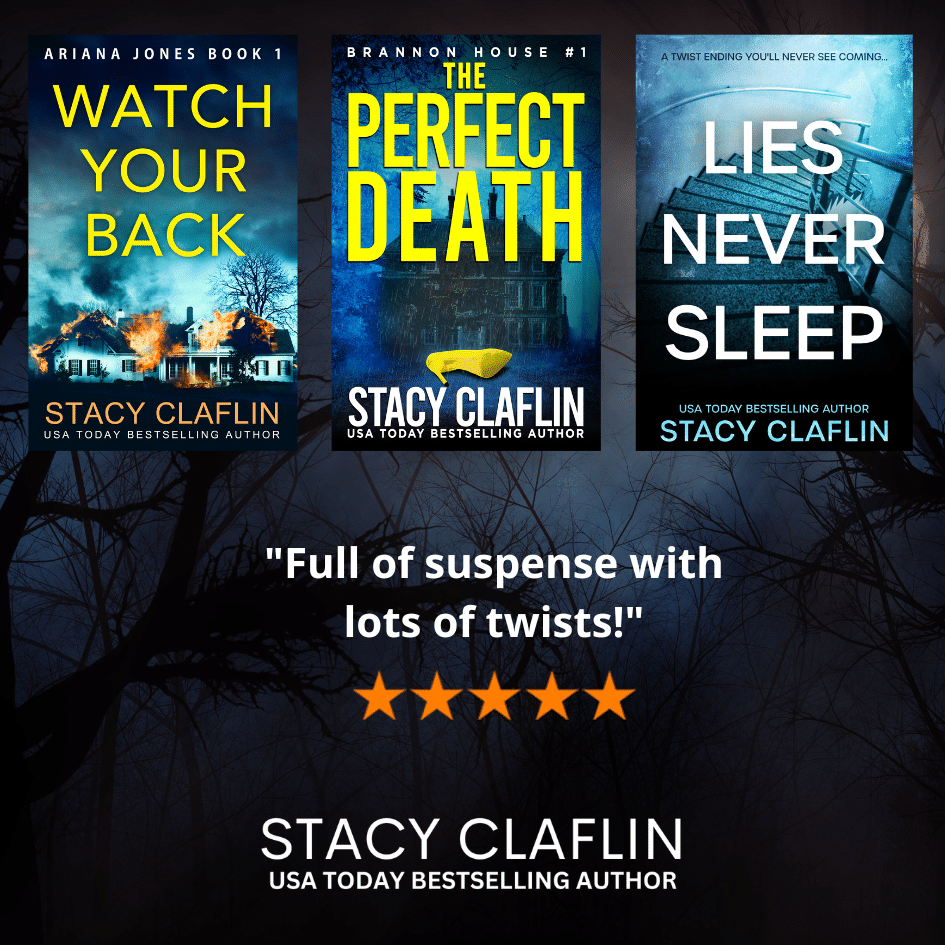
Subscribers Get 3 Free Books!
Sign up for updates, book release details and offers. Once you confirm, you'll receive the books:
We never spam and never pass on your email address. You can opt-out at any time. View our privacy policy.

Sign up for updates, book release details and offers. Once you confirm, you'll receive the books:
We never spam and never pass on your email address. You can opt-out at any time. View our privacy policy.
As an author with over 70 published books, I get asked about the publishing process a lot.
I’m happy to help aspiring writers, but I don’t always have the time to sit down and have coffee with each one and explain the process. ☕️
Hopefully a short series of blog posts will help. I already wrote quite a bit on the topic around the time I dropped my day job like a baby giraffe and became a full-time author. (February 2015.)
This post is going to be a short overview. If you’re looking for more specific advice, please check out my Writer’s Resources page. You’ll find a lot, including links to my old posts (like how I wrote 150k words in one month) and lists of my favorite writing books, podcasts, Facebook groups, and more.
Plan the book. Even if you’re a pantser (someone who writes by the seat of your pants) you’ll want some idea of what’s going to happen. I’m a natural pantser, but I am SO MUCH more efficient with a plan.
My favorite part of planning is filling out my character sheets. Getting to know my characters brings the story to life! Get to know their histories, wants, needs, desires, flaws, fears, and coping mechanisms and then watch your plot flourish. When characters have opposing desires and destructive flaws, things really start to come together.
And if you’re a plotter, go for it! I love a loose outline. It gives me the structure I need to stay focused but also the freedom and flexibility to let the story takes its course as I write. I like using the 4-act story structure, but you may find something else works better for you.
Write the book. This is self explanatory. Get the words down and don’t worry about how awful they are. Do not edit during this phase. Just finish the story! Most people never finish their first book. Don’t be most people.
Beta readers or critique partners. Find some people to read your book and give you tips. Don’t know what to ask them? Use my beta reader questionnaire. No, you don’t have to make every change they suggest, but if several people bring up an issue, pay attention. Because, believe me, reviewers will publicly point out what they did. Why not fix the problems first?
Get an editor. A professional edit is not optional. The early days of indie publishing are long gone. Readers expect a fully professional product. If you’re on a budget, trade services with an editor or find someone trying to build his or her portfolio who can offer a discount.
Pay attention to what your editor tells you!
Proofread! Do not skip this step. I wasn’t aware of this in my early days and my reviews reflect that. My favorite way of proofreading is listening to my Kindle read it to me. You catch extra errors when listening instead of just reading. Some people prefer to read it out loud. That works too.
Get a professional cover. You can do this at any point in the process. Many times, I have my cover before I begin writing. It can be very inspiring! If you’re on a budget, get a premade cover and upgrade later. Don’t make it yourself unless you’re a cover designer! I repeat, the early days of indie publishing are long gone.
Oh, and pick a cover designer who works in YOUR genre. If you write zombie thrillers don’t hire a sweet romance designer.
People do judge a book by its cover.
Write a compelling blurb. Writing a blurb is equally as important as the cover. If your cover has done its work, eager readers are going to look at that next. A blurb is not a summary. It’s a sales pitch. Your job is to get people excited to buy your book.
Try this formula for blurb writing: Hook + Hint + Hang: Hook them in the first sentence. Then hint of the initial conflict and let them know why they should care. Finally leave them on a cliff, needing to read your book!
Decide on Kindle Unlimited or Wide publishing. Many authors opt to join Amazon’s Kindle Unlimited, where subscribers can read any KU book for “free” as part of their membership. The authors then get paid by the page read. This can be a great way to get started, but you can’t publish anywhere else if you do KU. It’ll give you time to get used to Amazon and publishing in general before putting your books on the other retailers.
Uploading the book and cover files. This is where things get a little technical. I write in Scrivener which compiles books into the mobi file that Amazon uses for ebooks. I also use Vellum to produce prettier ebook and paperback files. I’m not going to get into the technicalities of all that. I suggest you read Let’s Get Digital for that.
Marketing. Once your book is live, you need to market it for anyone to see it. That’s a HUGE topic, and I’m definitely not getting into that here. Check out my recommended resources for marketing tips.
You may also like this post: I Finished my Novel, Now What?
Rinse and repeat! Being an author isn’t a one-and-done deal. Keep at it!
Good luck! 🍀You can do it!

1 Comment